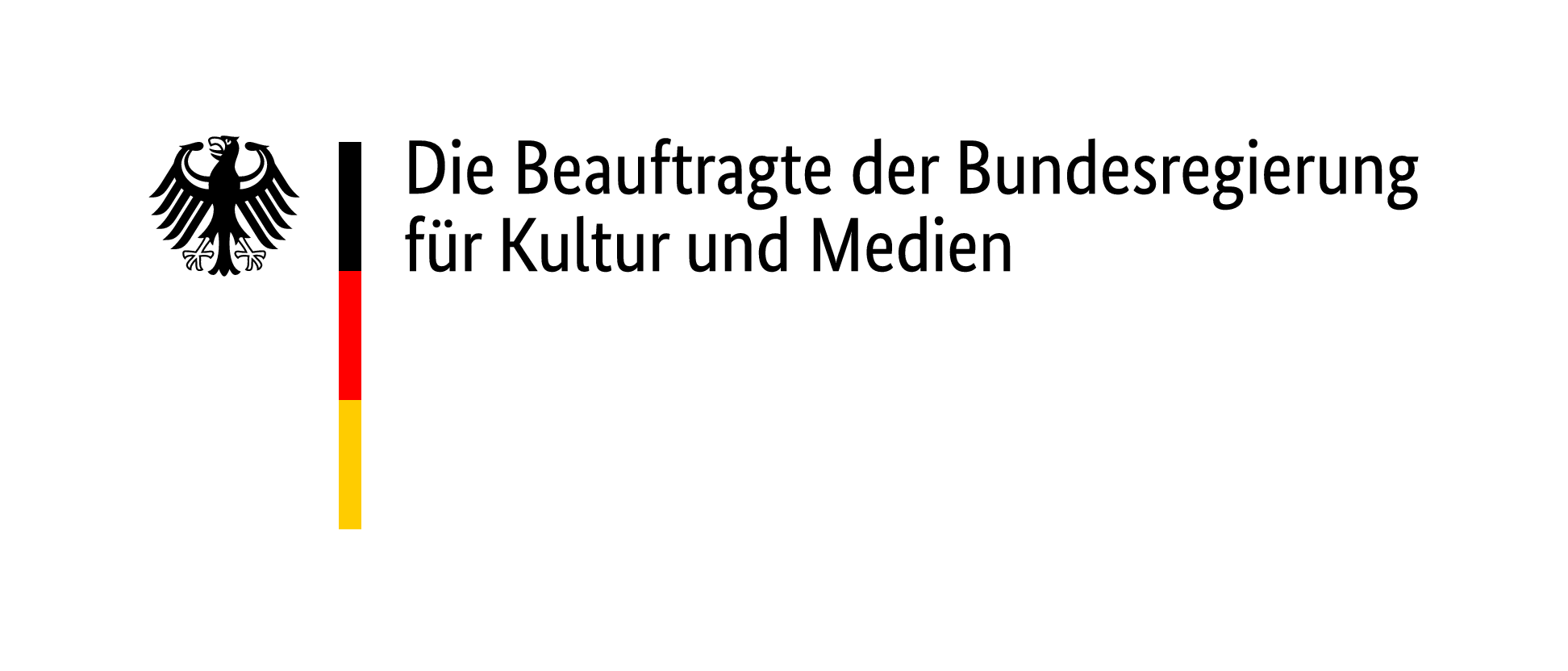Regendering DADA
7 July 2024 – 12 January 2025
The DADA exhibition at the Arp Museum shows the still underestimated participation of women in the most subversive of all art movements of the 20th century. Sophie Taeuber-Arp, Hannah Höch, Gabrielle Buffet-Picabia and many other female artists influenced Dada. For the first time, their works can be seen alongside those of their male colleagues in a major survey exhibition. With the unconditional will to overthrow the established order, Dada broke many boundaries, including those of gender.
Exuberant soirees, wild dance evenings and shrill happenings – Dada was avant-garde and revolutionary. The horrors of the First World War and the political upheavals in Europe brought together artists from literature, the visual arts, music and dance around the world who opposed the system and sought new art forms. They responded to the perceived fragmentation of the world with absurd, nonsensical and subtle contradictory artistic messages.
Around 200 paintings, works on paper, photographs, films and texts illustrate Dada's diversity. Dutch artist Barbara Visser follows the trace of Dada baroness Elsa von Freytag-Loringhoven; Scottish artist Susan Philipsz performs a sound installation in the museum's spectacular elevator shaft and musician Dirk von Lowtzow lends his voice to the famous Dada manifestos.
Förderer
Accompanying Programme
- Guided Tour
- Workshop
- Concert
- Special Event
- For Friends & Sponsors









